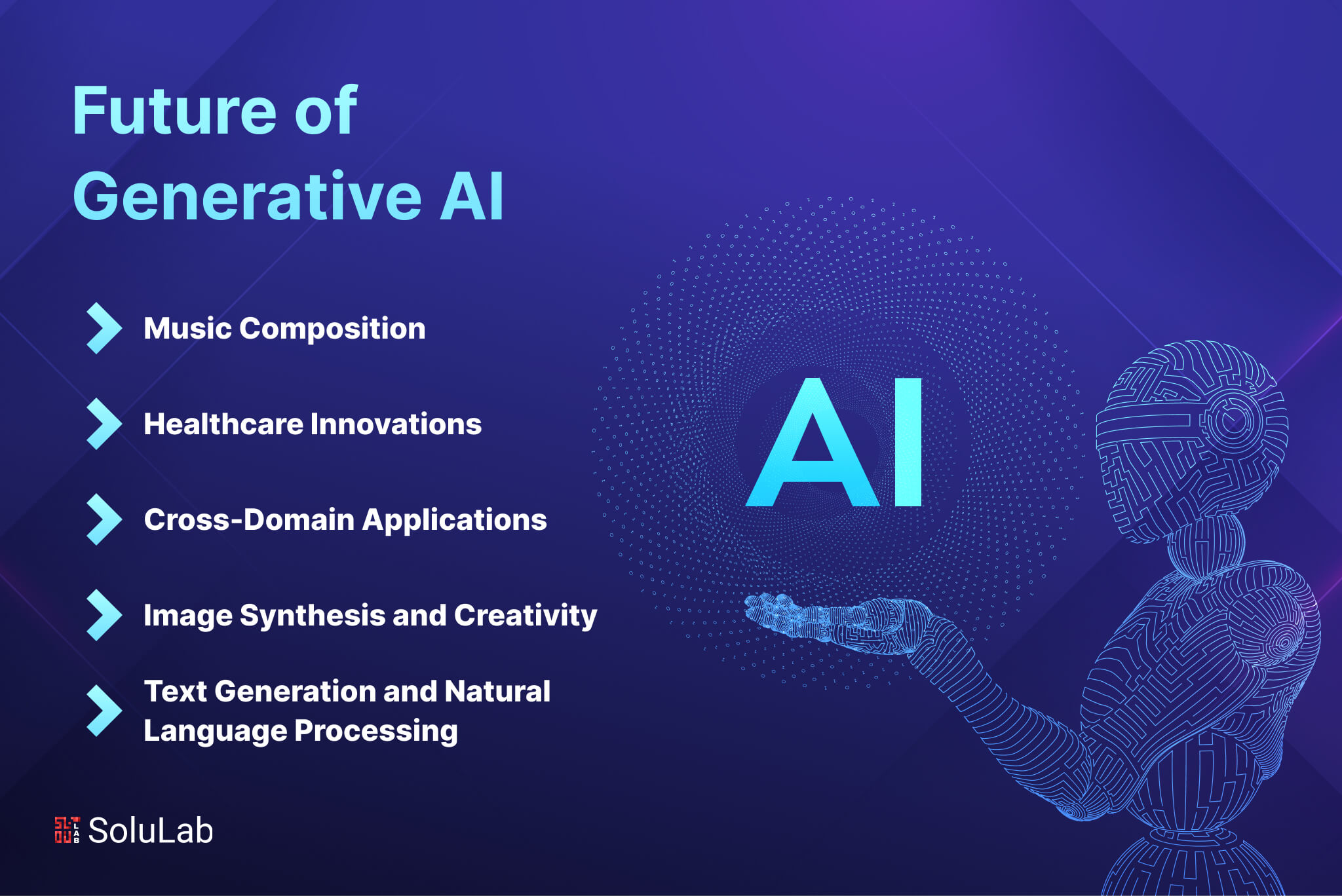All Categories
Featured
That's why so lots of are executing vibrant and smart conversational AI designs that customers can engage with through message or speech. GenAI powers chatbots by comprehending and creating human-like text responses. In addition to client service, AI chatbots can supplement advertising efforts and support inner communications. They can additionally be incorporated into web sites, messaging applications, or voice assistants.
Most AI business that educate big models to generate text, photos, video clip, and sound have actually not been transparent about the material of their training datasets. Numerous leaks and experiments have disclosed that those datasets include copyrighted product such as books, news article, and movies. A number of suits are underway to determine whether usage of copyrighted material for training AI systems constitutes fair usage, or whether the AI companies need to pay the copyright holders for use their product. And there are obviously several categories of bad stuff it might in theory be made use of for. Generative AI can be used for tailored scams and phishing assaults: For instance, utilizing "voice cloning," fraudsters can replicate the voice of a details person and call the person's family with a plea for help (and cash).

(Meanwhile, as IEEE Range reported today, the U.S. Federal Communications Compensation has responded by forbiding AI-generated robocalls.) Picture- and video-generating tools can be made use of to produce nonconsensual pornography, although the tools made by mainstream firms refuse such use. And chatbots can in theory stroll a prospective terrorist via the steps of making a bomb, nerve gas, and a host of various other horrors.
Regardless of such prospective issues, several people think that generative AI can also make people more productive and could be used as a tool to allow entirely brand-new types of creative thinking. When offered an input, an encoder converts it into a smaller, extra thick representation of the information. This compressed depiction maintains the information that's needed for a decoder to reconstruct the original input information, while throwing out any kind of pointless details.
Can Ai Think Like Humans?
This enables the user to quickly sample new concealed depictions that can be mapped with the decoder to generate novel data. While VAEs can generate results such as images quicker, the images created by them are not as detailed as those of diffusion models.: Discovered in 2014, GANs were considered to be the most frequently utilized methodology of the 3 prior to the current success of diffusion models.
Both versions are educated with each other and get smarter as the generator produces far better content and the discriminator improves at spotting the produced content. This procedure repeats, pushing both to consistently boost after every model until the created material is tantamount from the existing web content (Can AI think like humans?). While GANs can offer top notch examples and produce outputs rapidly, the example variety is weak, as a result making GANs much better matched for domain-specific data generation
Among the most preferred is the transformer network. It is essential to understand exactly how it works in the context of generative AI. Transformer networks: Similar to frequent semantic networks, transformers are made to process sequential input information non-sequentially. Two systems make transformers particularly proficient for text-based generative AI applications: self-attention and positional encodings.
Generative AI starts with a structure modela deep knowing model that works as the basis for multiple different sorts of generative AI applications - Artificial neural networks. The most usual foundation models today are huge language models (LLMs), developed for text generation applications, however there are additionally foundation versions for picture generation, video generation, and audio and music generationas well as multimodal foundation versions that can support a number of kinds web content generation
What Are Ethical Concerns In Ai?
Find out more about the background of generative AI in education and learning and terms connected with AI. Learn a lot more about how generative AI functions. Generative AI devices can: React to triggers and questions Create photos or video clip Sum up and manufacture details Modify and modify web content Create imaginative works like music compositions, tales, jokes, and poems Write and deal with code Adjust information Produce and play video games Capacities can vary dramatically by device, and paid variations of generative AI devices frequently have specialized functions.

Generative AI devices are continuously finding out and progressing but, as of the day of this magazine, some restrictions consist of: With some generative AI devices, consistently integrating genuine research right into text remains a weak functionality. Some AI devices, as an example, can generate text with a reference listing or superscripts with web links to resources, but the references typically do not correspond to the text developed or are phony citations constructed from a mix of genuine magazine info from numerous resources.
ChatGPT 3.5 (the totally free version of ChatGPT) is educated making use of information readily available up till January 2022. ChatGPT4o is educated using information offered up until July 2023. Various other tools, such as Poet and Bing Copilot, are constantly internet connected and have access to current details. Generative AI can still compose possibly inaccurate, oversimplified, unsophisticated, or prejudiced responses to concerns or motivates.
This checklist is not comprehensive but features some of the most commonly utilized generative AI devices. Devices with complimentary variations are indicated with asterisks. (qualitative study AI aide).
Latest Posts
Machine Learning Trends
What Is Ai-generated Content?
Can Ai Improve Education?